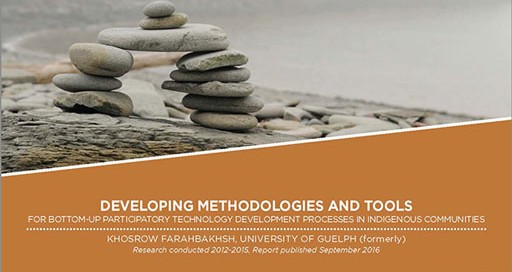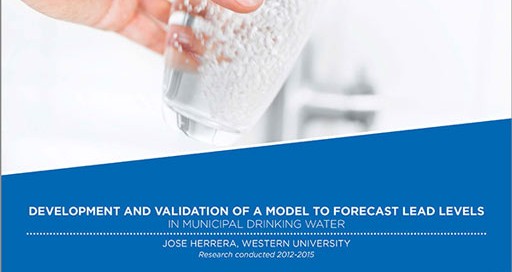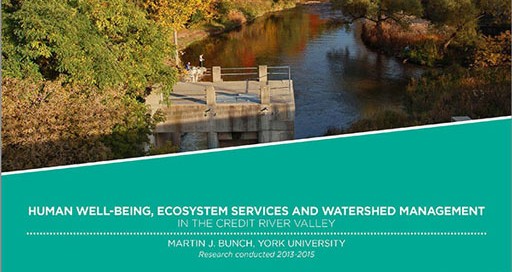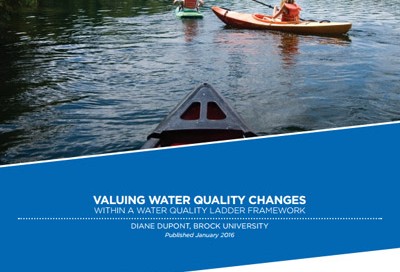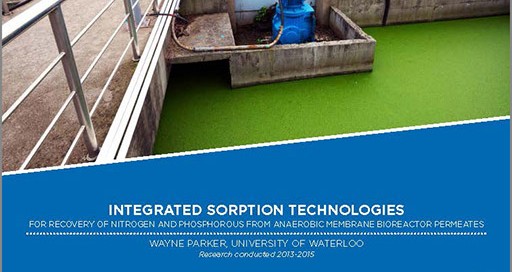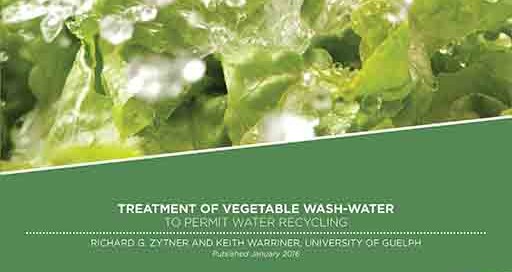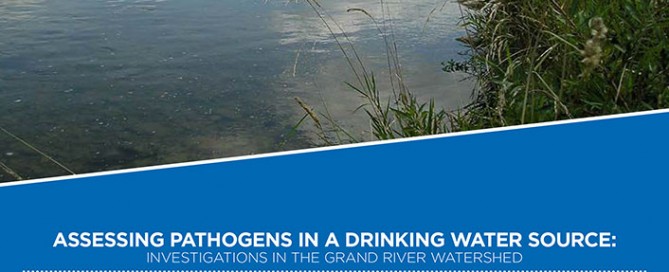Developing Methodologies and Tools for Bottom-Up Participatory Technology Development Processes in Indigenous Communities
As of April 2016, there are over 157 drinking water advisories in 111 First Nation communities in Canada. For decades, decision makers at the federal level focused on providing technical solutions through new treatment plant infrastructure. However, many now believe that technical solutions that do not meaningfully incorporate a community’s perspective and local knowledge will [...]


